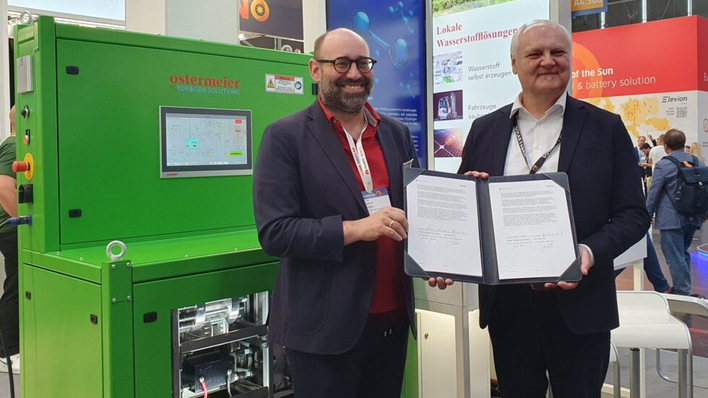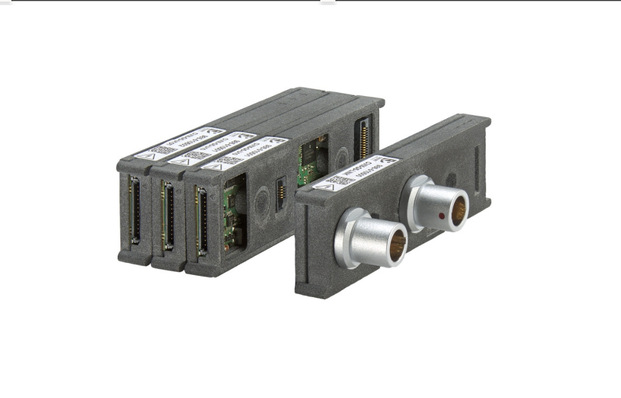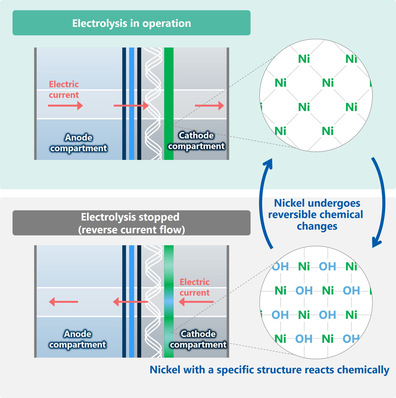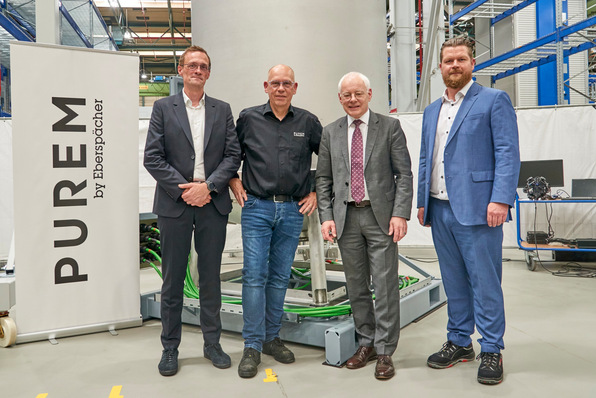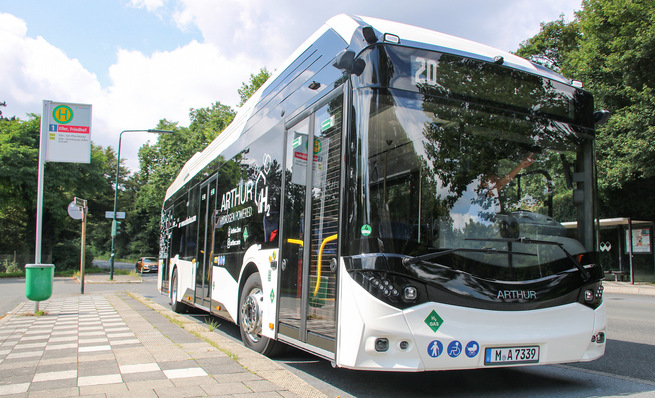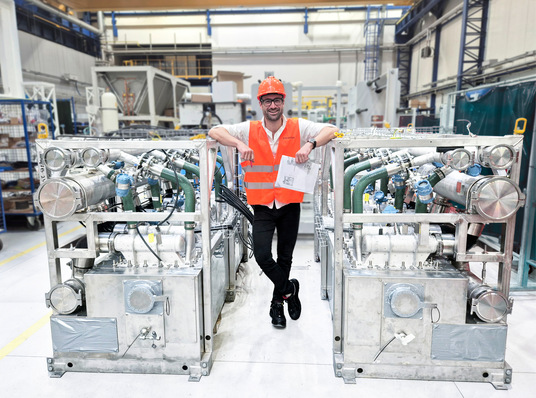For green hydrogen, coming from Canada and Australia and being unloaded at the planned LNG terminals for example, to be able to be distributed throughout Germany, an H2 grid is needed. To encourage a swift realization of this need, the German energy agency dena presented a green paper at the end of August 2022. In it, Andreas Kuhlmann, manager director of dena, stated, “The rapid and reliable development of a hydrogen network is an uncircumventable prerequisite for the urgently needed ramp-up of the hydrogen economy in Germany.”
The proposal is based on guaranteeing “a fair division of risk” between grid operators and future grid users. “Core of the proposal is a safeguard for investments in the initial phase through an ‘amortization account’ as well as a government-set level for network charges such that they are not prohibitive for the first users of the networks.” Further, Kuhlmann said that the first users should “not bear the full cost of the hydrogen network,” because this could result in such high network charges that the economic viability of these initial projects would hardly be feasible.
The grid operators would be commissioned to construct this H2 starter network by both building new pipelines and converting existing natural gas pipelines. The grid operators would use their own funds to pay for the construction ahead of time, while the state would secure the investment by guaranteeing the network operators a return on their investment in the long term.



